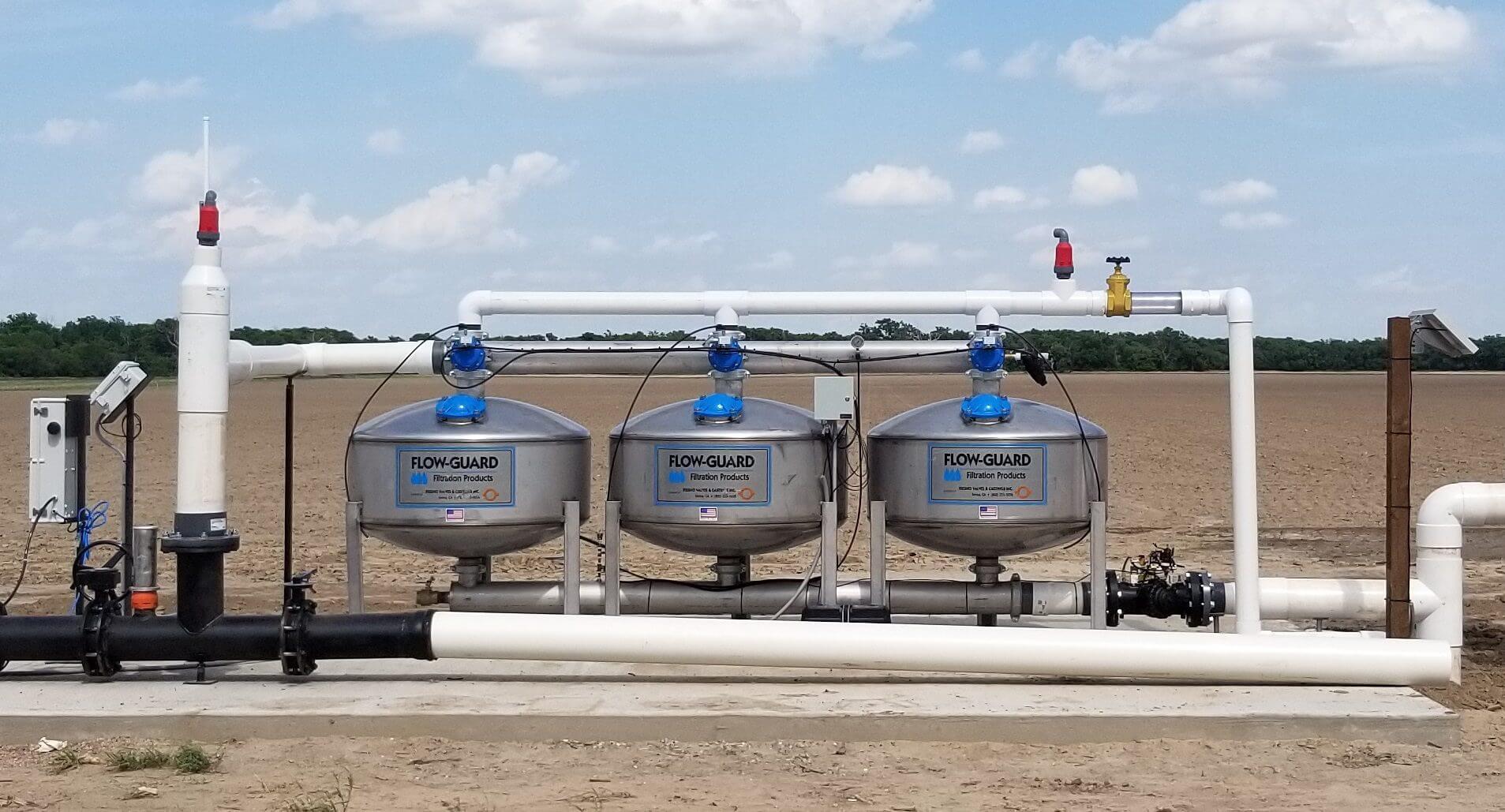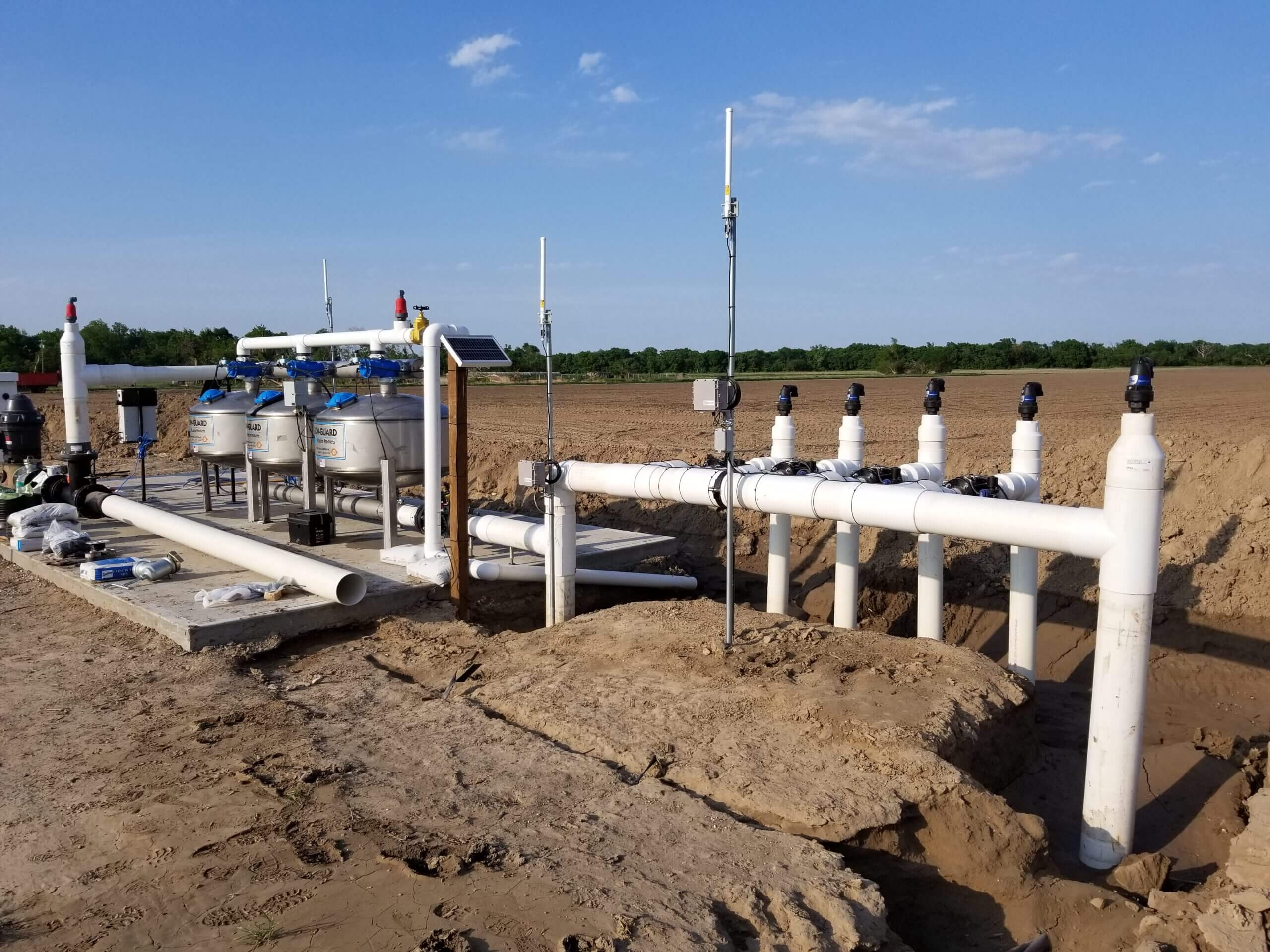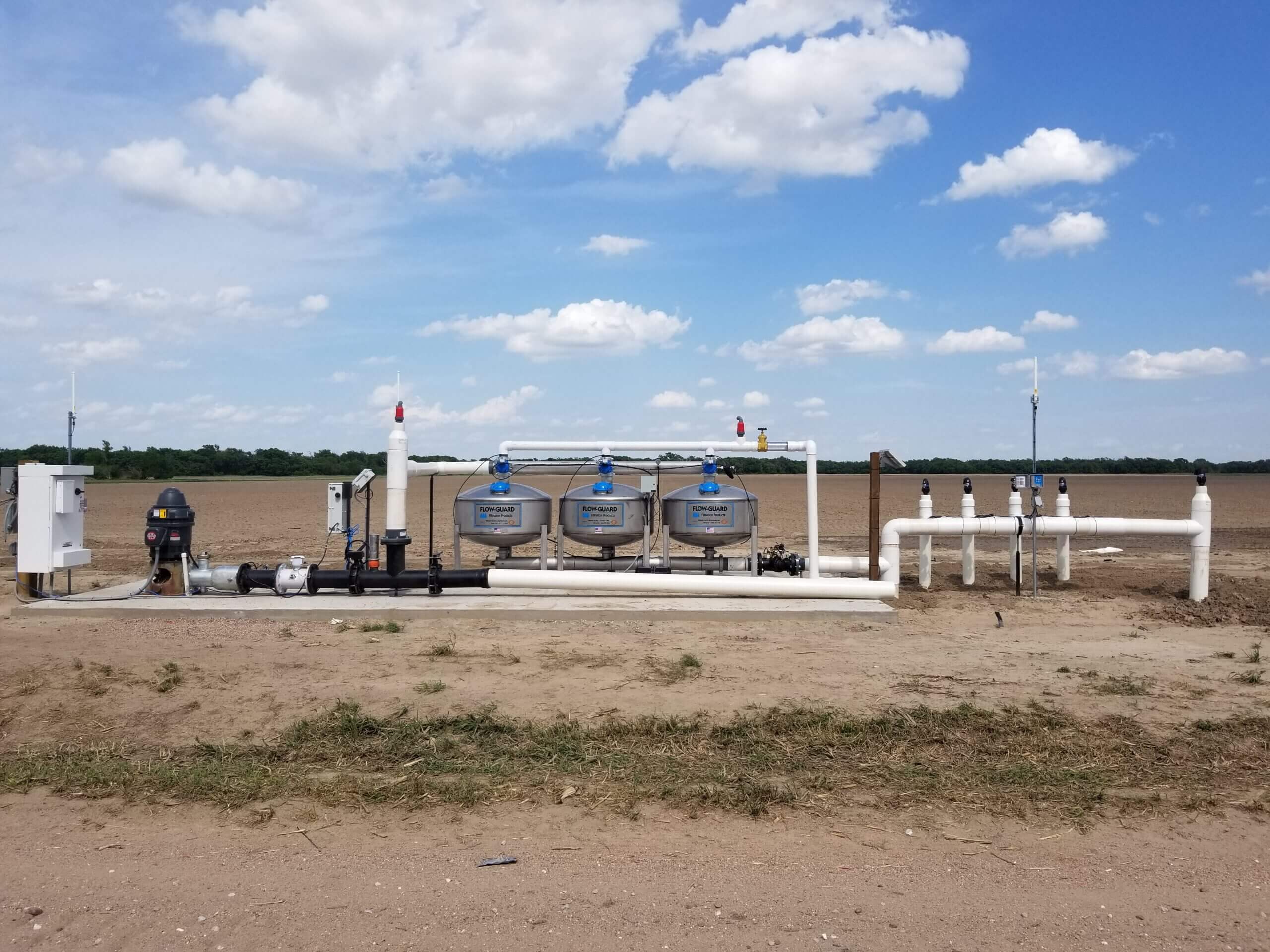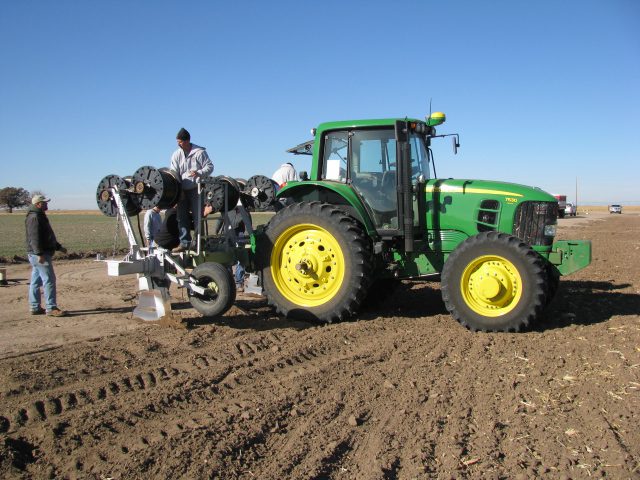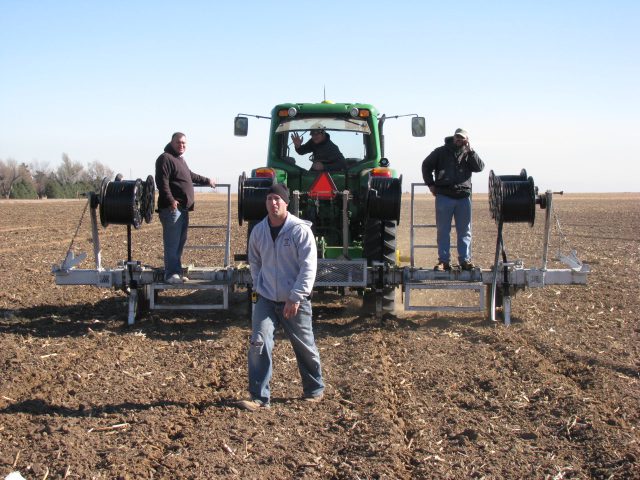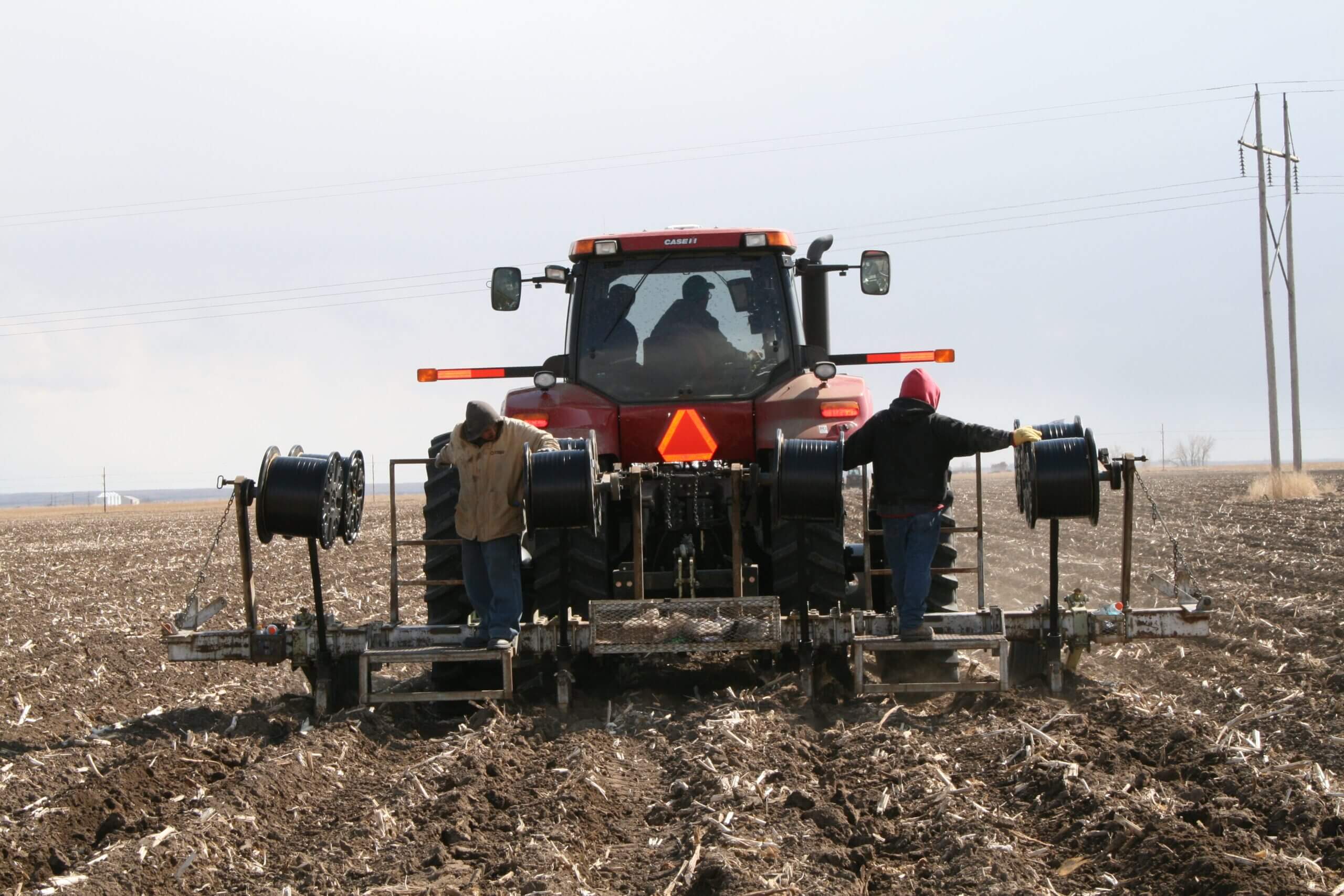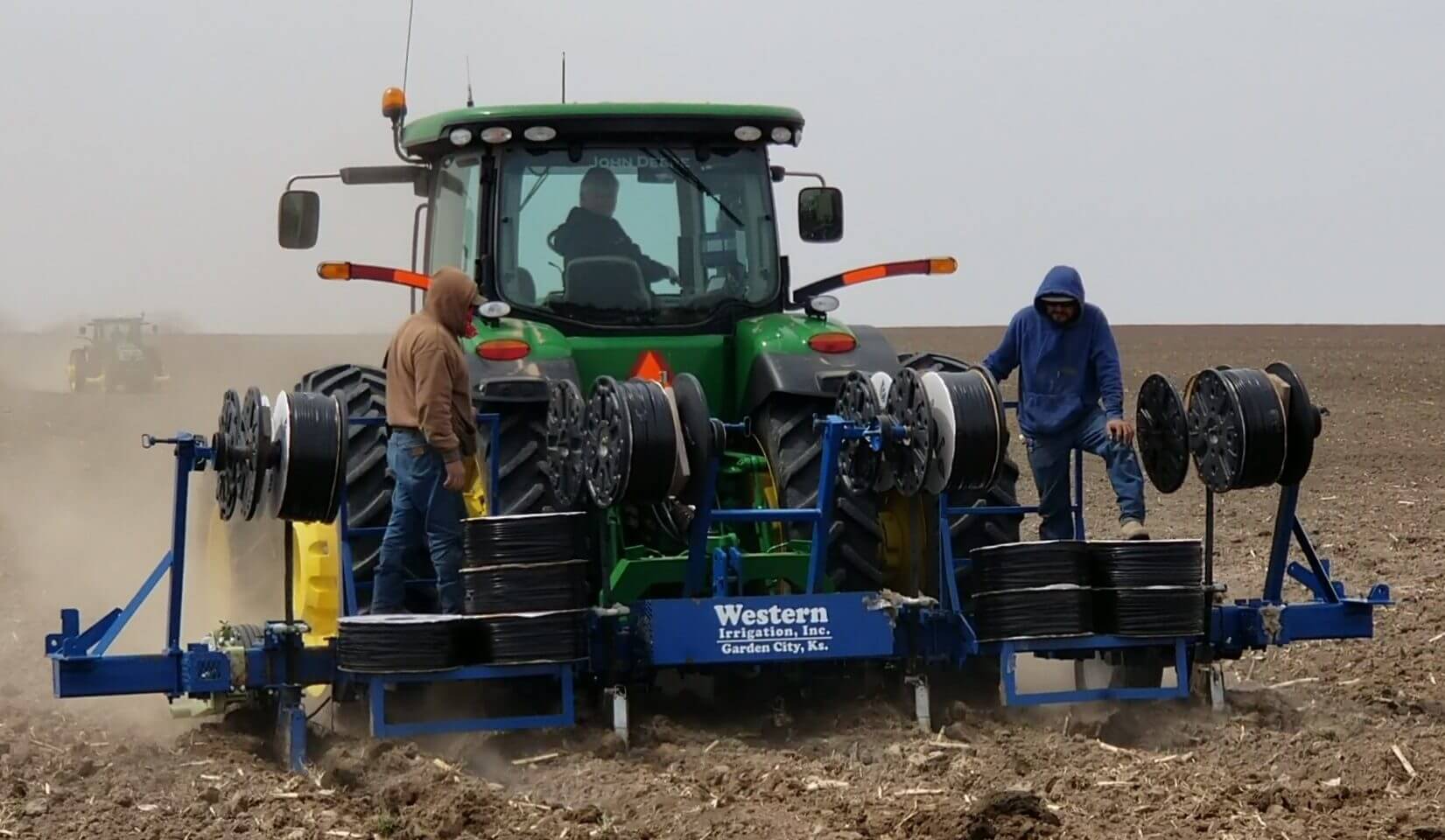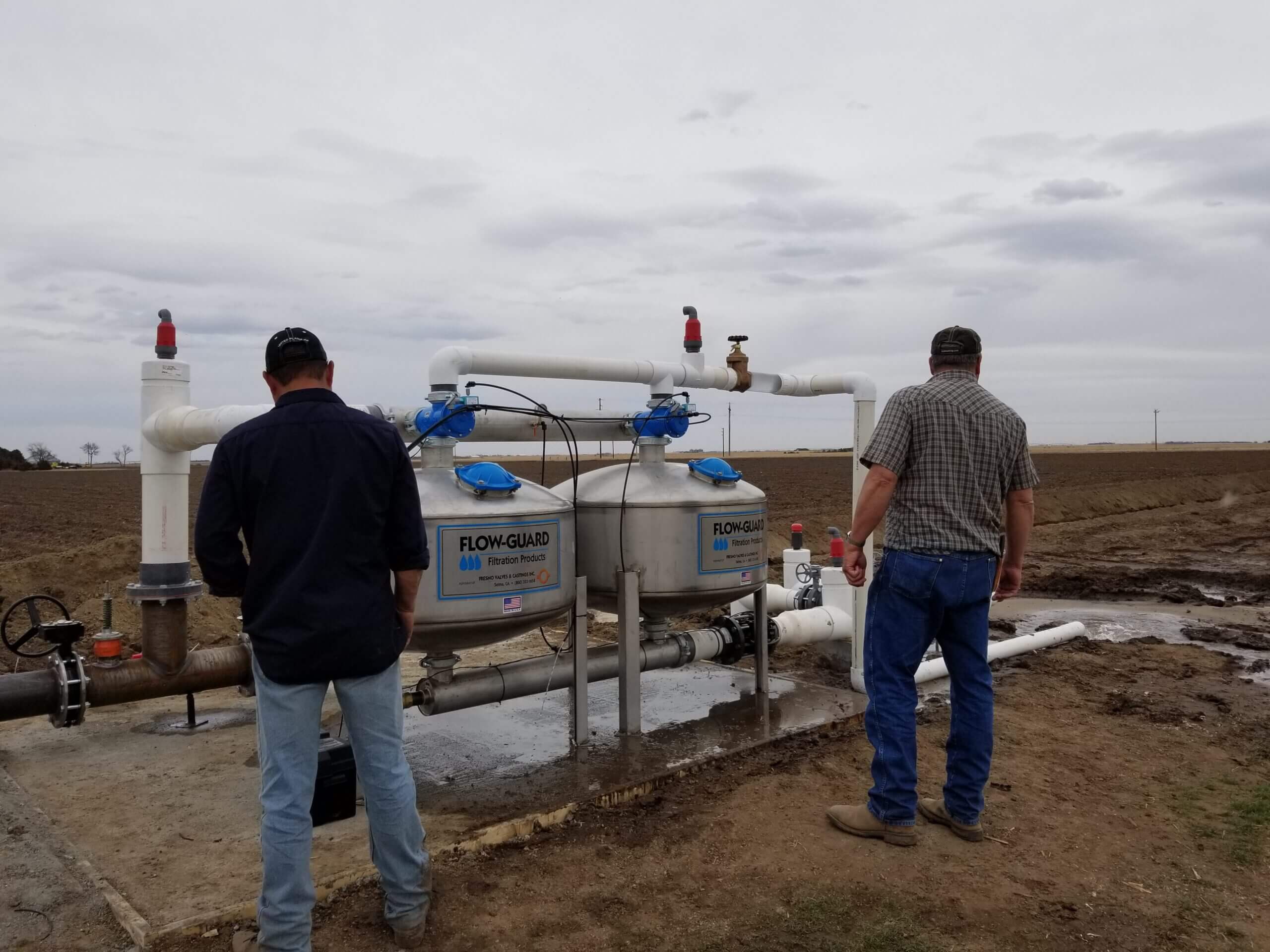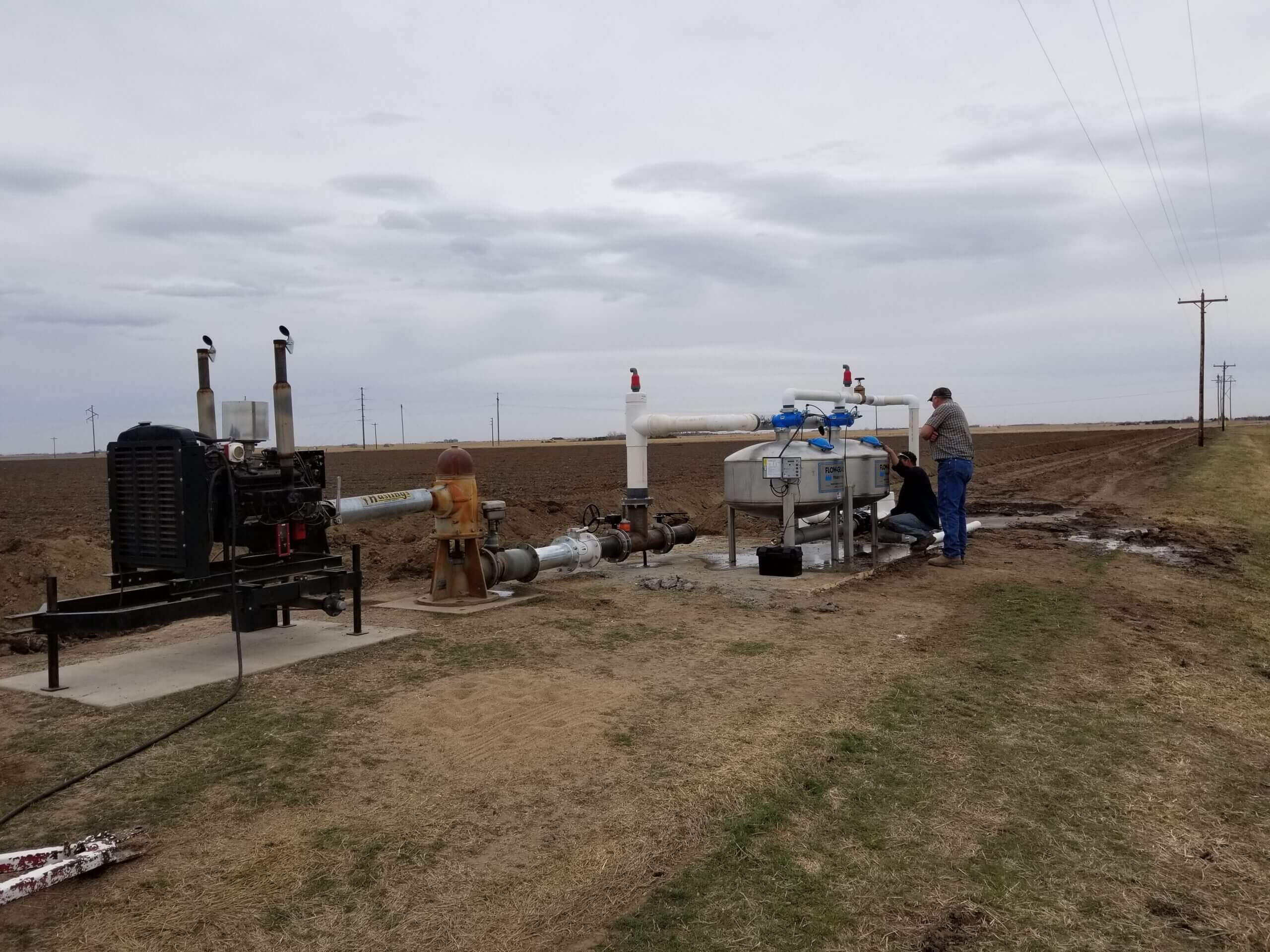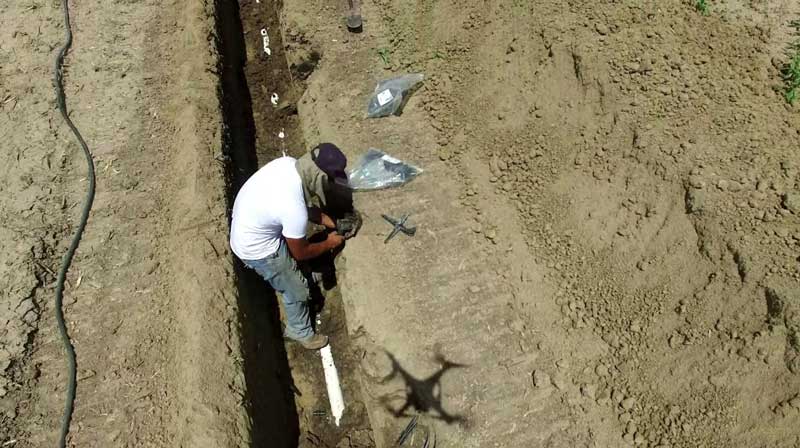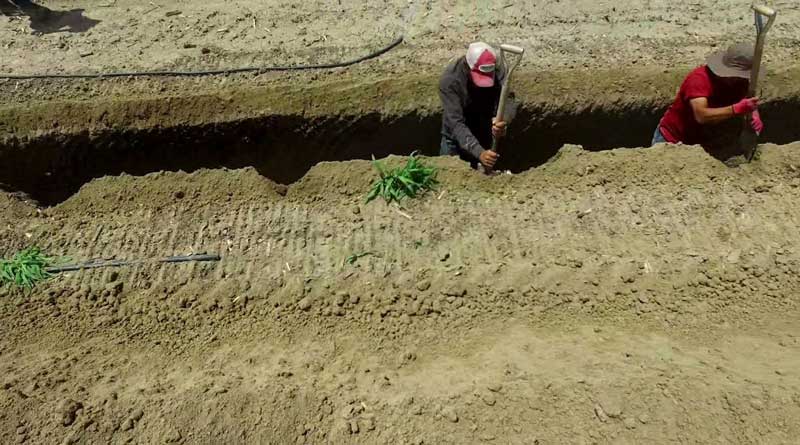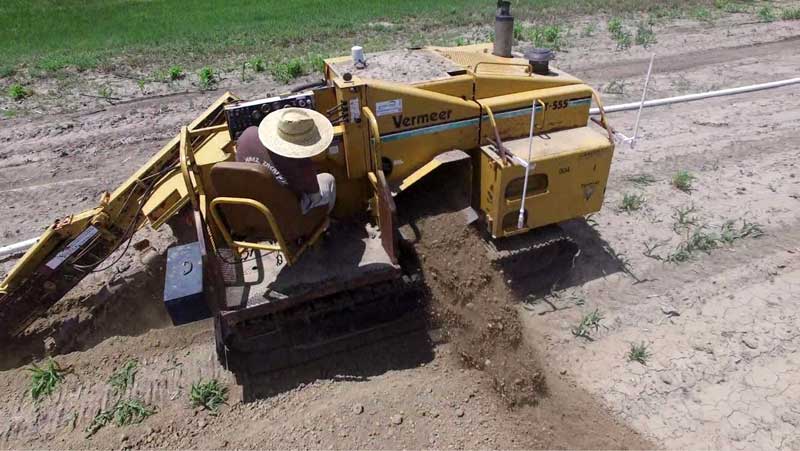WELCOME TO WESTERN IRRIGATION INC
We are a professional irrigation system sales and installation company serving middle America.
GET IN TOUCH
WHAT GROWERS ARE SAYING
GET IN TOUCH
WHAT GROWERS ARE SAYING
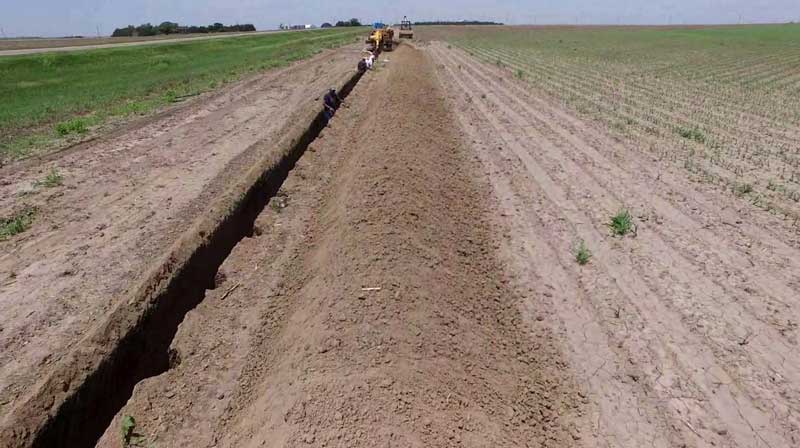
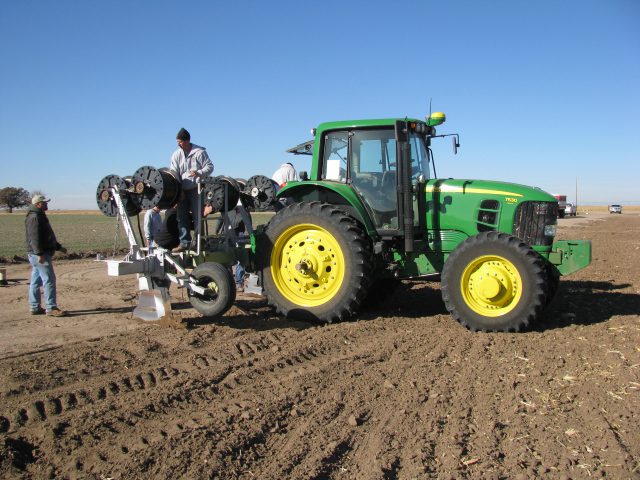
ABOUT US
If you’re looking for irrigation services near Nebraska, USA, you’ve come to the right place. Western Irrigation has a team of authorized dealers, designers, and installers who have delivered superior service and supplies since 1985. You can rely on us to integrate the latest technology, equipment, and industry knowledge at every stage of the installation process.
We set up various services for residential, commercial, and agricultural customers, from electric valves to control systems. One of our most essential and effective services is Subsurface Drip Irrigation, SDI. SDI is a low-pressure, high-efficiency system that uses drip tape to manage water crop needs. SDI results in higher yields, lower operation costs, and dramatically reduces your impact on the environment.
THE BEST IN THE MIDWEST
You’ll find everything quite systematic here! When you work with us, our expert staff will come and evaluate your property. Using GPS tracking, we’ll map out the elevation and terrain changes on your land. After that, we’ll prepare a quote based on our assessment for your approval before we get to work.
While we’re based in Garden City, KS, we perform services throughout Kansas, Nebraska, Colorado, Oklahoma, Texas, South Dakota, North Dakota, Wyoming, New Mexico, Iowa, and Missouri. We’ve even traveled all the way to Delaware. Wherever you are, that’s where we’ll be. Western Irrigation believes in creating long-lasting relationships with customers and takes every step to ensure prompt customer service. We’ll always return your call the same business day and take the time to send you an estimate within 24 hours of your request.
WHAT GROWERS ARE SAYING
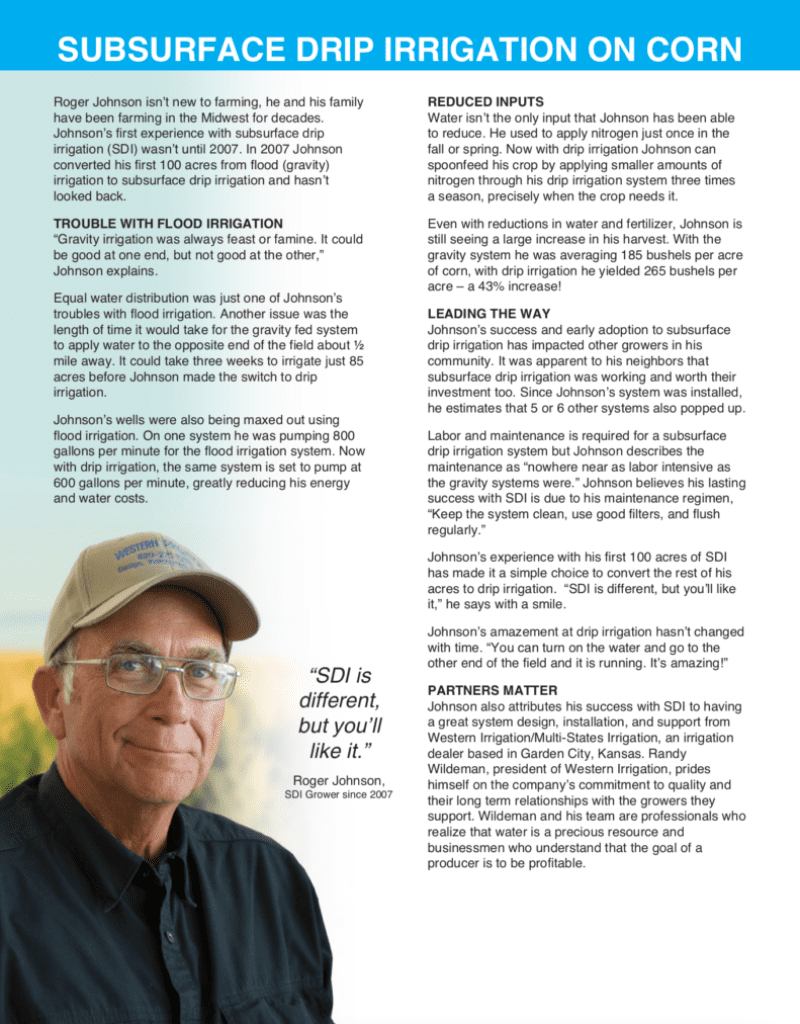
CLIENT TESTIMONIALS



FAQs
Yes, you can install a subsurface drip system yourself, but it requires a bit of planning and some manual work. A subsurface drip system, or a drip irrigation system, is a method of watering plants where the water is delivered directly to the root zone, minimizing evaporation and runoff. This system can be particularly beneficial for areas with water restrictions or for those wanting to conserve water.
Before installing a subsurface drip system, it’s important to plan out your irrigation zones based on the watering needs of your plants, the type of soil, and the landscape’s slope. You’ll also need to measure your garden or lawn to determine how much drip line you’ll need. The installation process generally involves laying down the drip line in your predetermined zones, attaching the drip line to the water source, and installing an emitter at each plant location. Keep in mind that you’ll also need to account for elements like filters to prevent clogging, pressure regulators, and a backflow preventer to protect your drinking water.
Subsurface Drip Irrigation (SDI) is a highly efficient irrigation system that uses buried drip tubes or drip tape to meet the water needs of crops. Unlike traditional irrigation methods that apply water to the soil surface, SDI delivers water directly to the root zone of the plants. This method is often utilized in agriculture due to its low-pressure and high-efficiency characteristics. It’s a form of drip irrigation that’s applied underground, providing a practical solution for various crop types as well as different topographic conditions.
The core component of an SDI system is the dripline, which includes tubing and drippers, buried beneath the soil surface. The placement of these lines varies based on the type of crop, soil type, and other factors but they are typically installed at a depth that directly targets the root zone of the plants. By delivering water and nutrients straight to the roots, SDI systems help to maximize water efficiency, reduce evaporation, and prevent weed growth. Moreover, this system allows for the precise application of water, ensuring that each plant receives the necessary hydration for healthy growth.
Agricultural water filtration is a critical process aimed at purifying water used in farming operations to ensure it’s safe and beneficial for crop irrigation. This involves removing unwanted substances such as sediments, microbes, minerals, and chemicals that could potentially harm crops or degrade soil quality. The process is vital for maintaining the health and productivity of agricultural lands, ensuring that the water used does not carry contaminants that could affect plant growth or contribute to the buildup of harmful residues in the soil.
By implementing agricultural water filtration, farmers can significantly enhance the efficiency of water usage, improve crop yield, and ensure the sustainability of their farming practices. This is especially important in areas where water sources may be compromised due to industrial runoff, municipal waste, or natural sedimentation. Through various filtration techniques, such as mechanical filters, chemical treatments, and biological processes, agricultural water filtration helps in securing a safe water supply for irrigation, contributing to the overall success and sustainability of agricultural operations.
Rivulis T-T Tape is a type of drip irrigation tape designed to deliver water directly to the roots of plants with high efficiency. It features small emitters embedded at regular intervals along the tape, which release water slowly and evenly. This precise delivery system helps ensure that plants receive the optimal amount of water, reducing wastage and promoting healthier growth.
Commonly used in agriculture, Rivulis T-Tape is suitable for a variety of crops, including vegetables, fruits, flowers, and row crops. Its design enables better water management, ultimately leading to increased crop yield and quality, while also minimizing issues like weed growth and soil erosion.
Property size significantly impacts the cost of subsurface drip irrigation. Larger properties require more materials, such as tubing, emitters, and valves, to cover the extensive area adequately. This increase in materials leads to higher overall costs. Additionally, the labor involved in installing the system over a larger area is more intensive and time-consuming, contributing further to the expense.
On the other hand, smaller properties typically incur lower costs due to the reduced need for materials and labor. The installation process is generally quicker and less complex, which helps keep expenses down. Regardless of property size, it’s essential to have a professional assessment to ensure the system is efficiently designed to meet specific irrigation needs.

